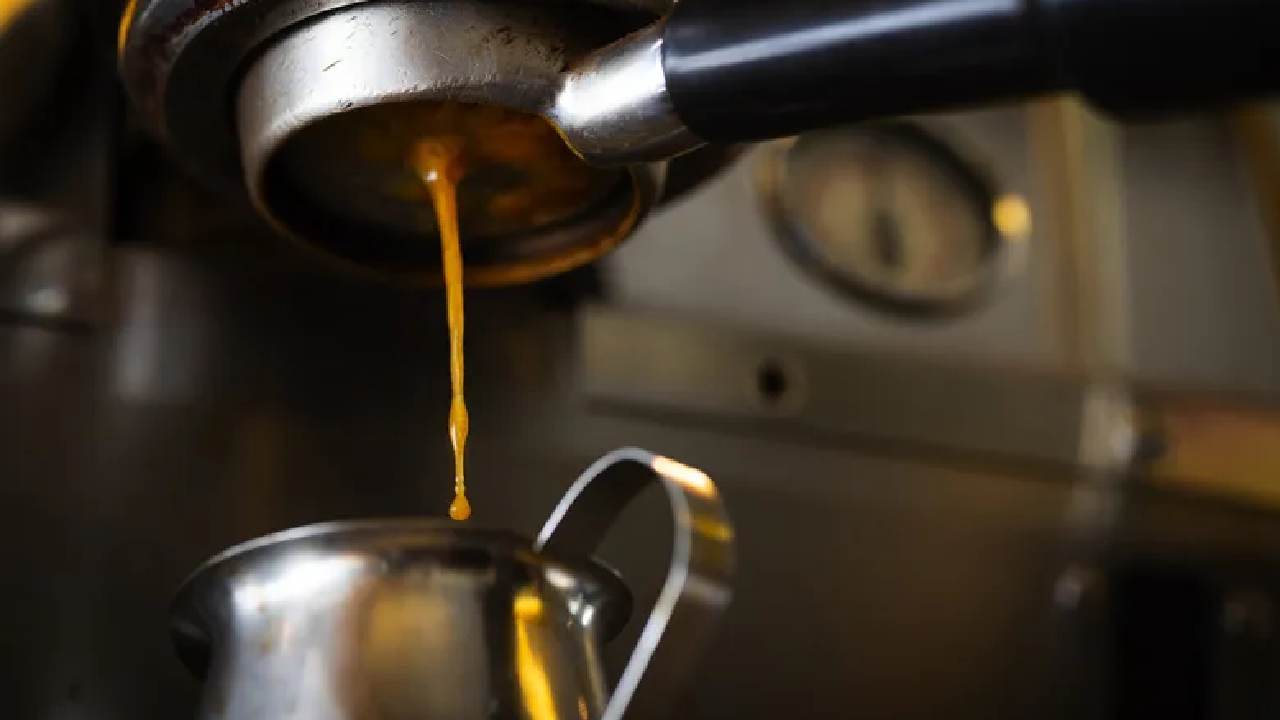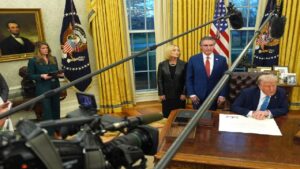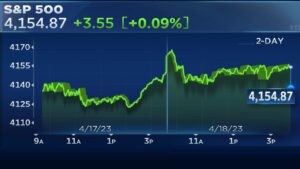Brewing Tensions: How Rising Coffee Costs and Tariffs Are Impacting Roasters and Your Morning Cup
Ohana Magazine – For millions, coffee is a non-negotiable morning ritual. But lately, that comforting cup has been leaving a bitter aftertaste especially for wallets. In August, retail coffee prices surged by nearly 21% compared to the same time last year. While inflation and supply chain challenges play a role, much of the blame is falling squarely on tariffs, particularly those introduced during the Trump administration. Brazil, the top exporter of coffee beans to the U.S., now faces a 50% tariff the highest among all. Vietnam and Colombia aren’t far behind, facing 20% and 10% tariffs respectively. The result? Roasters are under pressure, and consumers are paying the price literally.
America’s Coffee Addiction Meets Import Reality
Here’s a sobering fact: the U.S. imports over 99% of its coffee‘s, according to the National Coffee Association. Brazil alone supplies 30.7% of the country’s coffee imports by weight, followed by Colombia (18.3%) and Vietnam (6.6%). When tariffs this steep hit countries responsible for the bulk of U.S. coffee supply, the consequences ripple throughout the supply chain. From warehouse logistics to café counters, everyone feels the squeeze. These changes don’t just affect big corporations they hit small coffee roasters and local shops, which often don’t have the margins to absorb rising costs without passing them onto customers.
“Read More : Getting Comfortable with Getting Naked: My First Time at a Japanese Onsen”
Roasters Under Pressure: How Small Businesses Are Coping
In Washington, DC, where a regular hot coffee’s now averages $4.21 and cold brew hits $5.35, customers are already noticing the uptick. Roasters like Swing’s Coffee and Vigilante Coffee’s are in survival mode. “It’s a really difficult situation across the board,” says Mark Warmuth of Swing’s. Even a small 10 to 15 cent increase per cup can shake customer loyalty. Yet, these shops are doing everything they can to avoid drastic hikes. For instance, Chris Vigilante noted the cost of a pound of beans jumped from $4 to $6. That means a 12-ounce retail bag might now cost $0.50 to $1 more. It may not seem like much but multiplied across thousands of bags, it becomes significant.
Tariffs, Drought, and a Brewing Crisis in Brazil
Beyond trade policies, Brazil’s coffee industry is also battling environmental challenges. A historic drought has shrunk the coffee yield, adding even more stress to an already taxed supply chain. Doug Ilg of Celtic Cup Coffee says he’s stopped buying Brazilian beans entirely due to the excessive tariffs. “We’re paying about 63 cents more per pound than we did in January,” he explains. Multiply that across a season’s worth of coffee orders, and it’s clear why many roasters are adjusting sourcing strategies, cutting margins, or both. It’s not just about cost it’s about staying open.
“Read More : Trump Declares End to Gaza War During Historic Visit to Israel”
Is the No Coffee Tax Act the Solution?
In a rare show of bipartisan cooperation, Reps. Don Bacon (R-Nebraska) and Ro Khanna (D-California) introduced the No Coffee’s Tax Act in September. The bill aims to exempt coffee products from tariffs, potentially offering a lifeline to small businesses and coffee lovers alike. While the bill is still in early stages, its mere proposal signals growing political recognition of how serious the coffee crisis has become. If passed, the act could stabilize prices and bring relief to roasters stretched thin by unpredictable costs. But like any legislation, its fate lies in a divided Congress and the clock is ticking.
Consumers Adjust, But Coffee Habits Die Hard
Despite the price hikes, most Americans aren’t giving up their caffeine fix. According to Erin McLaughlin, senior economist at the Conference Board, “Coffee’s is an affordable luxury.” While consumers might start brewing at home more or switching to lower-priced brands, they’re unlikely to stop buying from cafés altogether. It’s more about adapting choosing drip over espresso, skipping that extra shot, or ordering less frequently. But even these changes highlight how sensitive people are to price, especially when the increases are tied to something as emotional and habitual as coffee.













